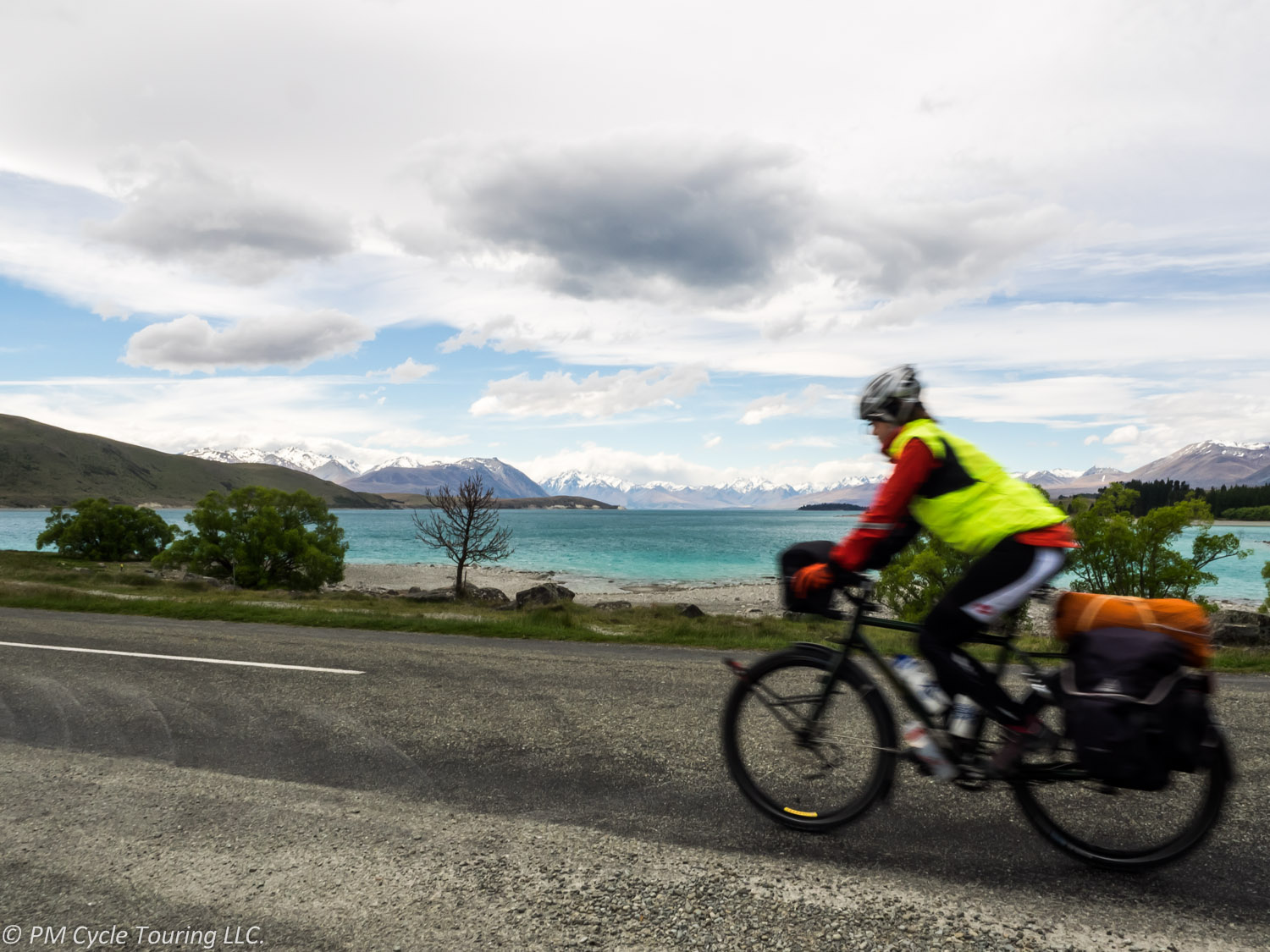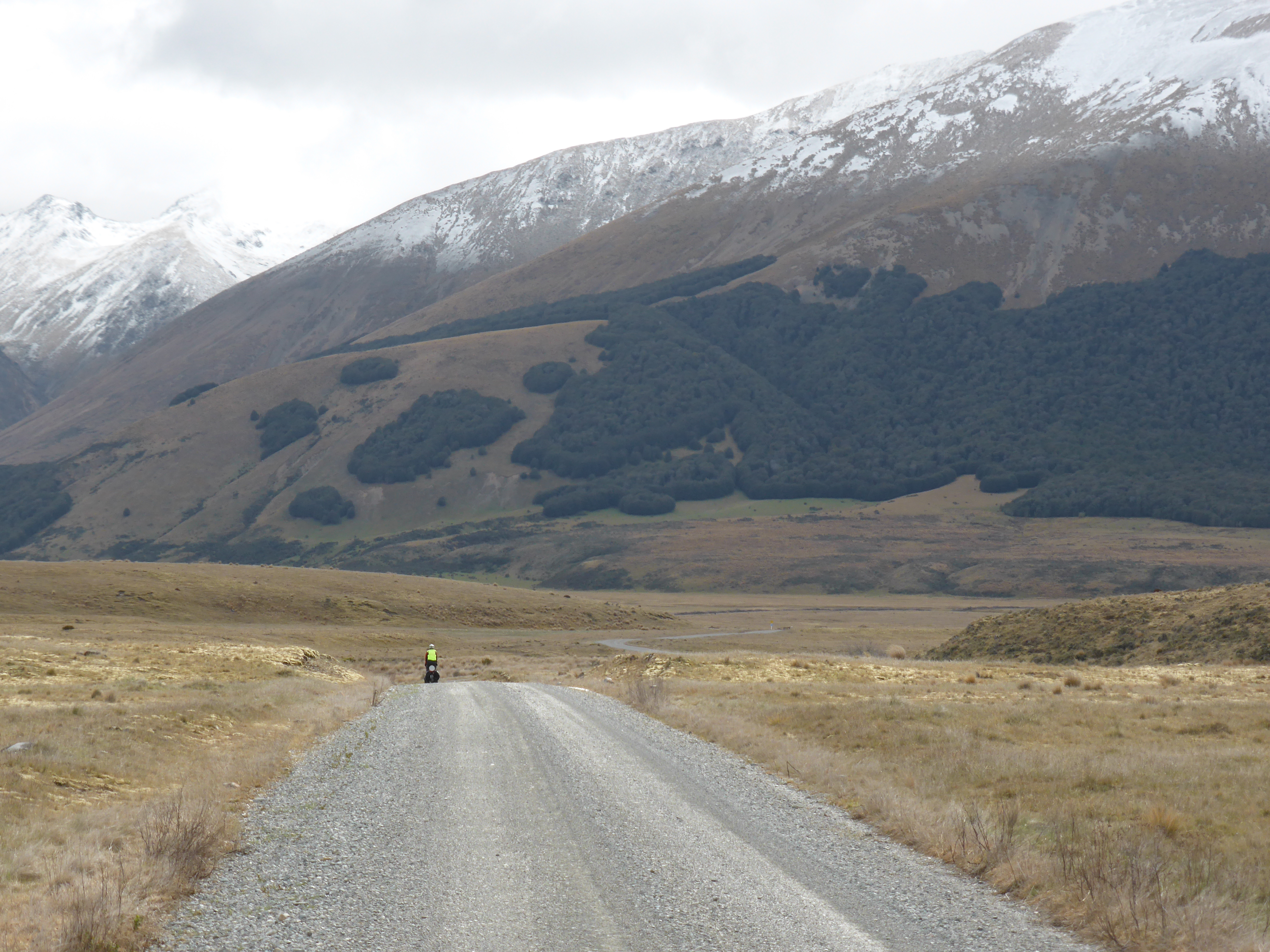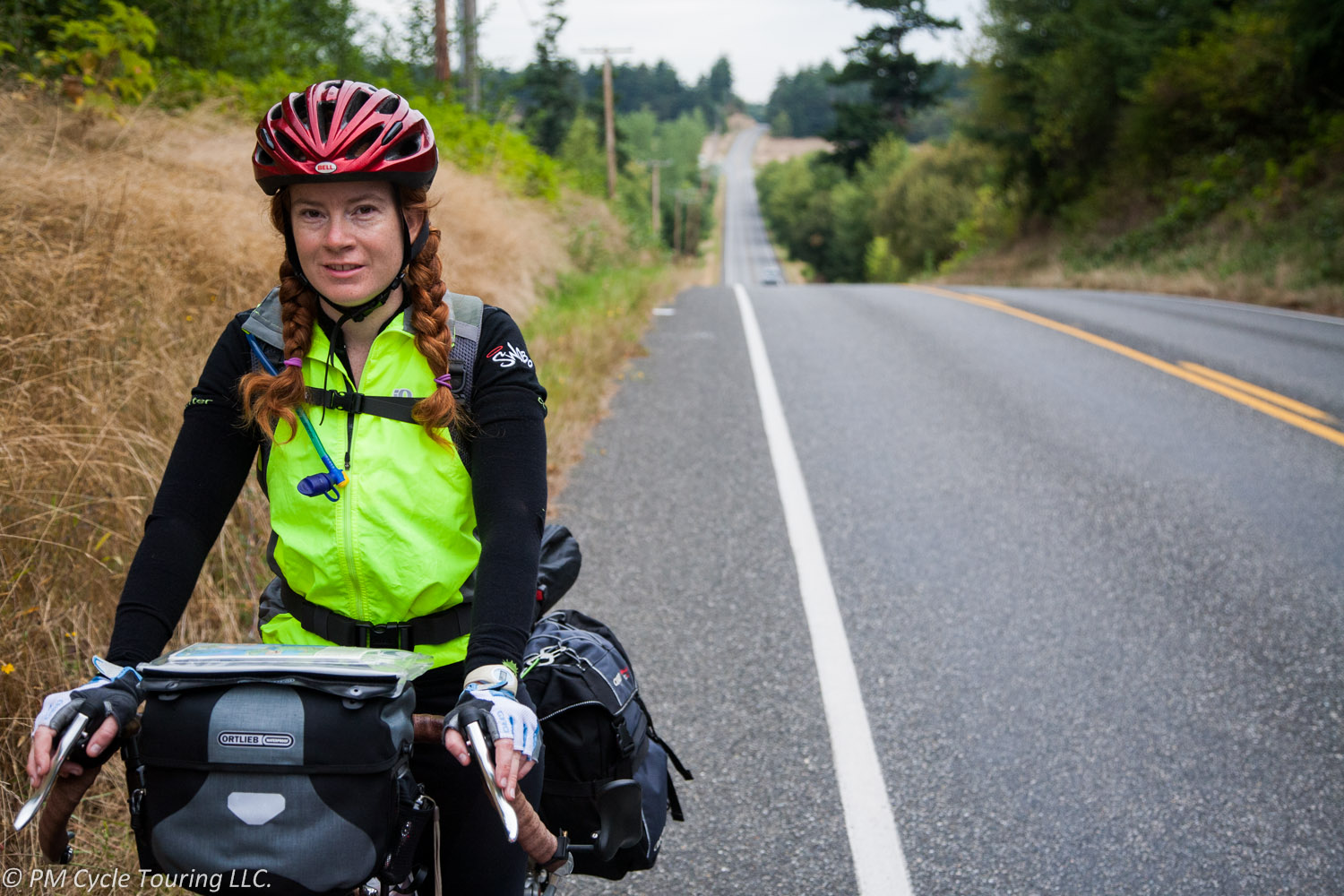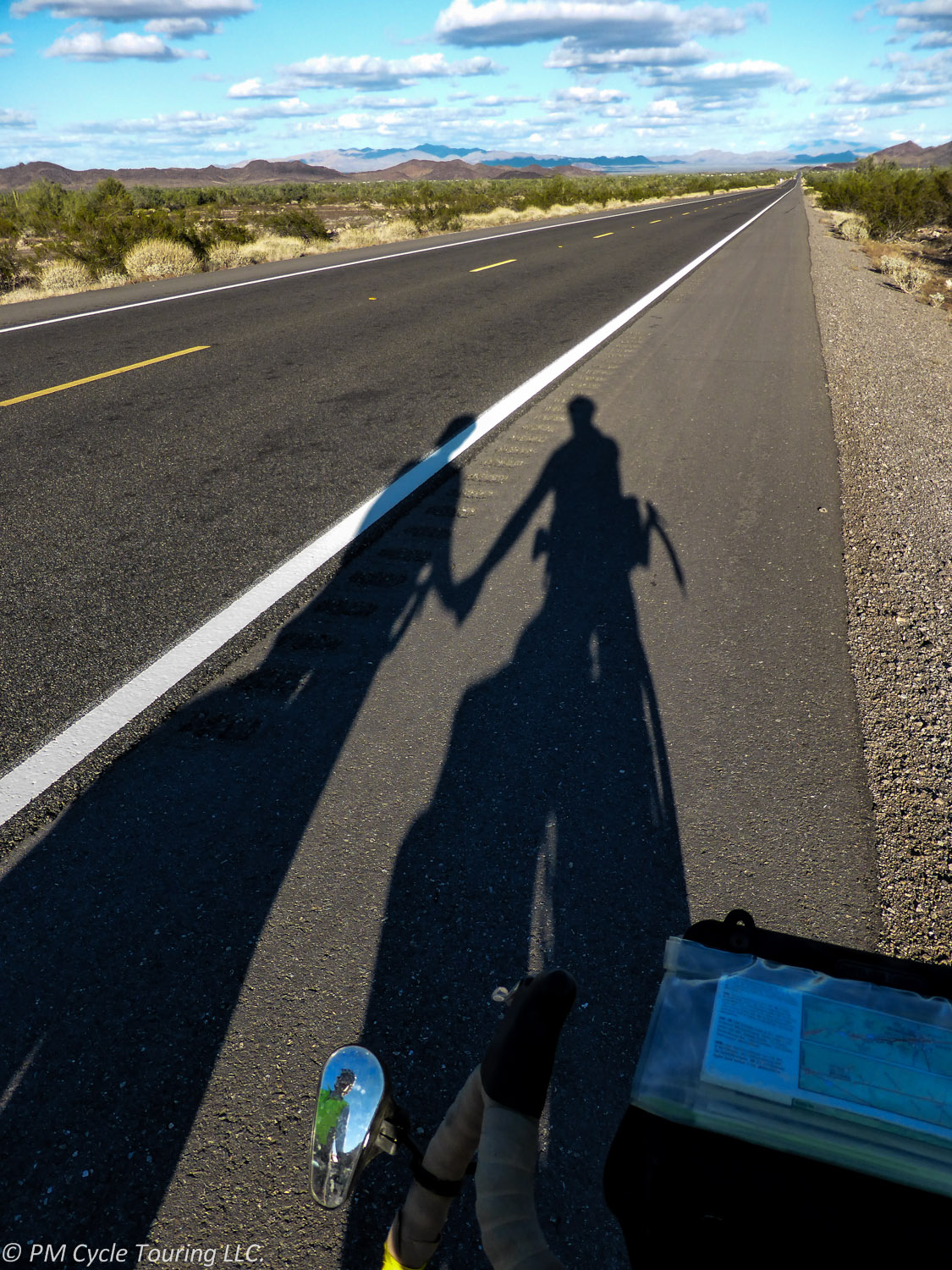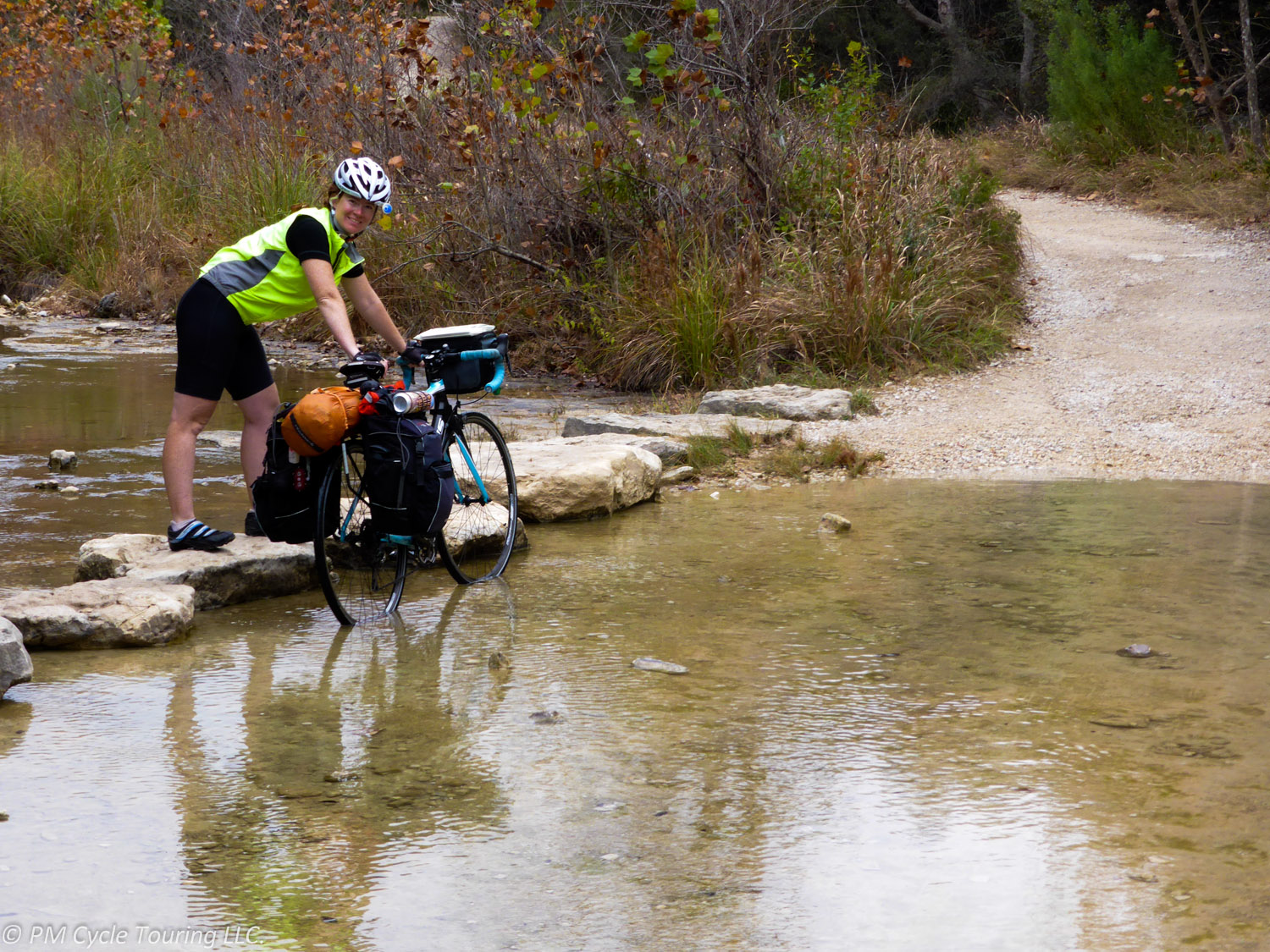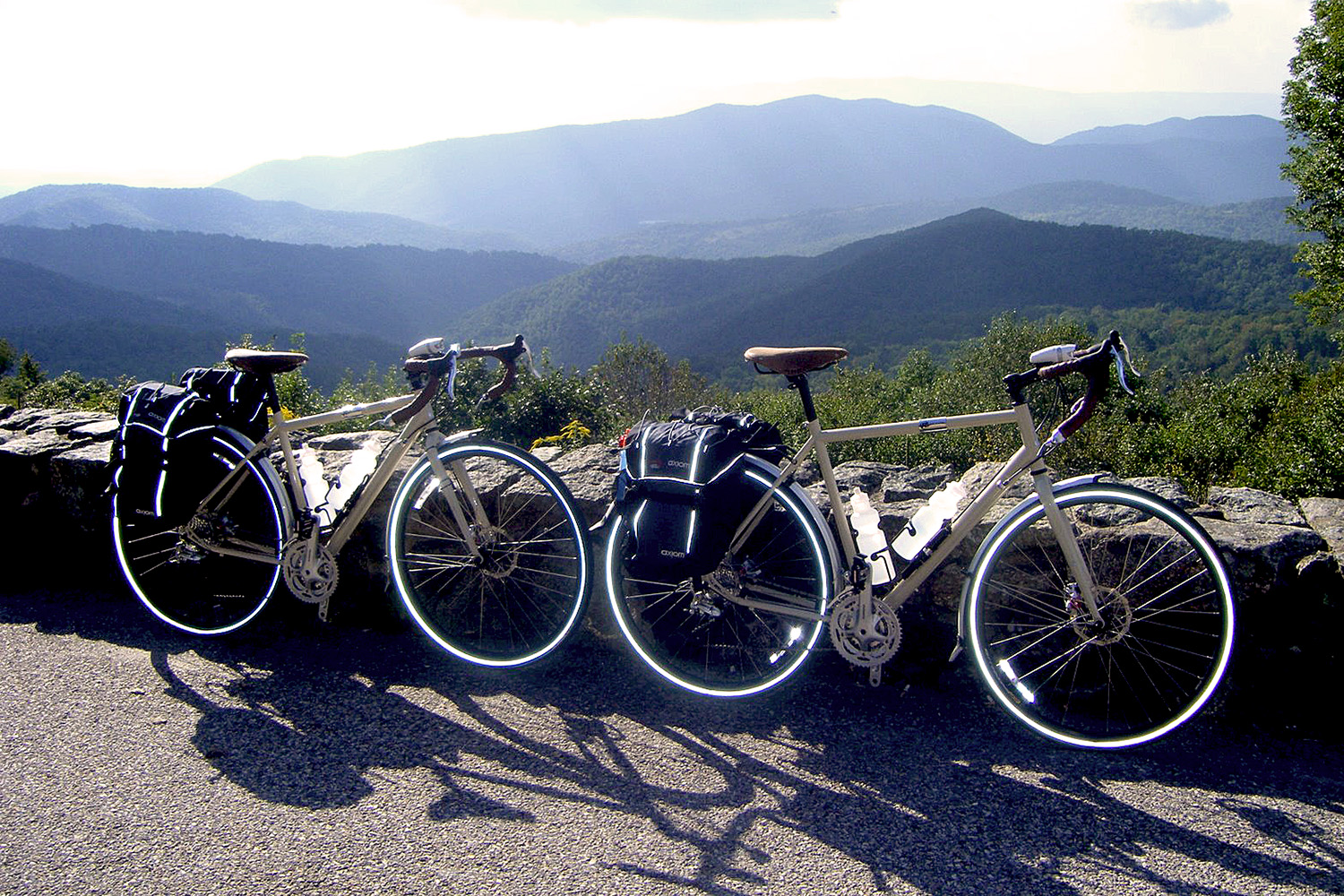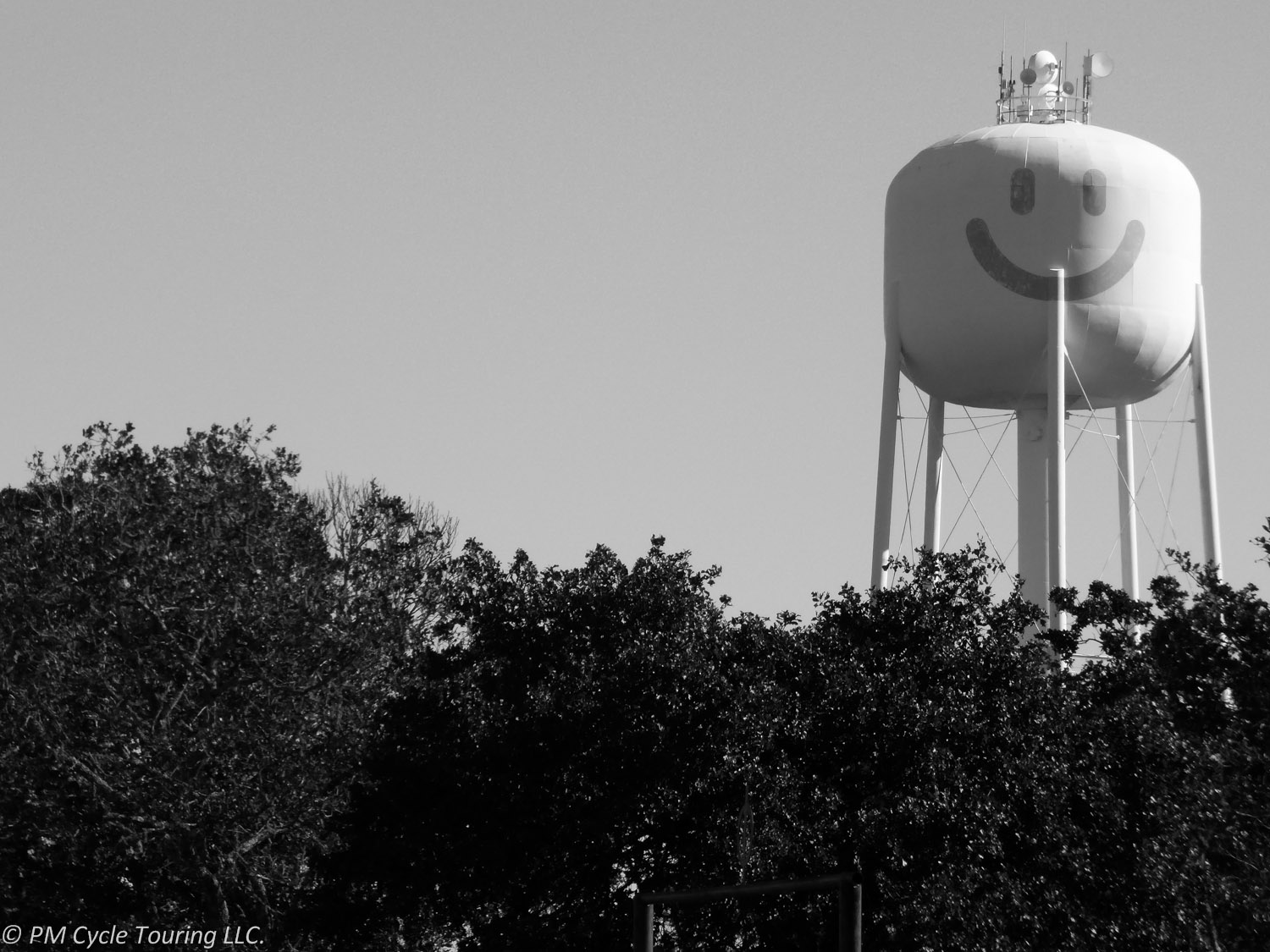Floating around the web is a BuzzFeed article about how often you really need to shower: How Often You Really Need to Shower (According to Science).-Rachel Wilkerson Miller January 12, 2015 I read this article and thought, “Yes!” I totally agree! In fact, I’ve already written two articles about this very thing: How to Stay Clean (without a proper shower) While On Bicycle Tour, and Touring Clean vs Home Clean. It’s nice to see that the science backs me up.
On our most recent bicycle tour my tolerance for going to bed without a shower was increased dramatically. When you’re traveling through isolated regions (ok, so New Zealand isn’t really all that isolated, but there were days where we didn’t have access to a shower, so it counts, I swear!) there are sacrifices you make when it comes to cleanliness. Or are there? According to the article, it isn’t really necessary to shower every day, or even every other day. Showers can dry your skin out (especially paired with harsh soaps) and might remove beneficial bacteria from your skin. It’s much more important to change your undergarments daily. And if you’re really grossed out, you can clean your dirty bits (underarms, groin, bottom, and face, hopefully not quite in that order) with a wash cloth.
Speaking of changing undergarments daily, does that mean you should bring a week’s worth of bicycle shorts with you on tour so you can have a fresh pair every day? I think not. During our recent New Zealand tour, I tried a new tactic for undergarments and cycling shorts. Previously, I’ve stayed away from wearing anything under my shorts. I have a tendency to chafe (not fun). But, my husband found these great merino wool boxers for me, and they’ve changed the way I cycle. The wool is soft and comfortable, easily cleaned, and doesn’t develop a smell because it’s a natural fiber. They’re easier to wash out than cycling shorts, don’t irritate my nether regions, and don’t take up much space in my clothing bag. I can get away with two pairs of cycling shorts, and three pairs of underwear.
So, bottom line is: in daily life, and in cycling, showering daily isn’t necessary. You can do it, but it won’t kill you if you don’t.
